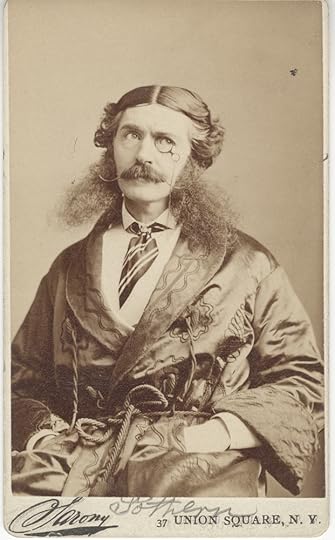What do you think?
Rate this book


In 1879, race walking competitions, known as “wobbles,” were all the rage. The death of a contender, followed by a second murder, introduces Sergeant Cribb, who goes on to investigate sports-related deaths in a series of eight books.
167 pages, Mass Market Paperback
First published January 1, 1970
